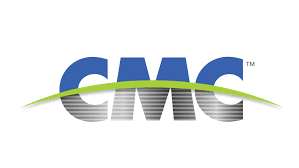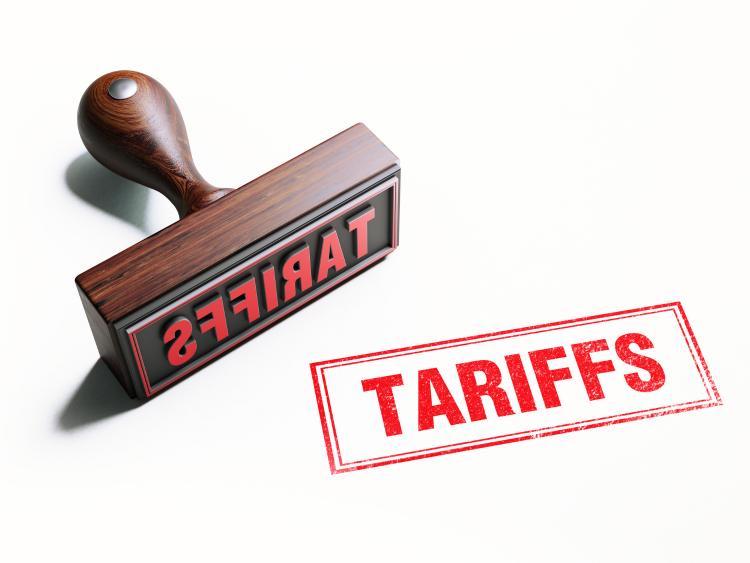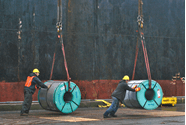Steel Markets

Canada adds ‘melt-and-pour’ requirement for steel imports
Written by Laura Miller
February 22, 2024
Canada will soon require steel imports to report “country of melt and pour” information.
The government of Canada announced on Wednesday that, beginning Nov. 5, importers will be required to report the country where the raw steel used to make the imported product was first produced.
The new requirement comes after the government began seeking public comment on the issue in 2022.
At present, importers have the option to begin reporting the data. This is part of the government’s phased-in approach to ensure a smooth transition to mandatory reporting in the fall, it said.
“Canada is implementing a predictable and transparent process for collecting melt-and-pour information, which will bring more reliability and resiliency to the North American steel supply chain,” commented Mary Ng, Canada’s Minister of Export Promotion, International Trade and Economic Development.
The government noted that the US is the only other country at present that collects data on the country-of-melt origin.
Steel industry response
Canada’s steel industry welcomed the announcement.
“As Canada’s steel industry faces significant exposure to global steel excess capacity and unfair trade practices, it is a crucial development that Canada is now requiring this disclosure as a new condition on all steel imports into the country,” the Canadian Steel Producers Association (CSPA) said in a statement.
CSPA said the new requirement will allow for greater transparency and accountability in steel trade, and “support efforts to prioritize the use of cleaner steels throughout North American supply chains.”
Additionally, it will better align Canada’s trade monitoring system with the US’ system, CSPA said.
A spokesperson for Algoma Steel told SMU their views on this matter are in line with CSPA’s. Algoma CEO Michael Garcia sits on the CSPA board executive committee.
Stelco’s CEO Alan Kestenbaum called the new melt-and-pour standard a “major win for the steel industry” in Canada.
“I believe we’re going to have a very significant benefit from this,” Kestenbaum stated on the Canadian steelmaker’s quarterly earnings call on Thursday.
He said the requirement will likely reduce customers’ appetite for imports as the inconvenient, added step and the risks associated with importing, such as long lead times, will outweigh the “relatively small financial benefit” that imports provide.

Laura Miller
Read more from Laura MillerLatest in Steel Markets

CMC looks beyond Arizona micro-mill woes to long-term viability of construction mart
Despite the economic and geopolitical upheaval of the last five years, CMC President and CEO Peter Matt points out that the construction market has been an essential element of the way forward.

US importers face stricter rules under revamped S232 tariffs
“CBP expects full compliance from the trade community for accurate reporting and payment of the additional duties. CBP will take enforcement action on non-compliance," the agency said in a March 7 bulletin.

Steel exports rebound in January
US steel exports recovered to a five-month high in January after having fallen to a two-year low in December. This growth follows four consecutive months of declining exports.

Construction spending drops marginally in January
Construction spending edged down slightly in January, slipping for the first time in four months. The US Census Bureau estimated spending at a seasonally adjusted annual rate of $2,196 billion in January, down 0.2% from December’s downward revised rate. The January figure is 3.3% higher than a year ago. January’s result, despite the slight erosion, […]

HVAC equipment shipments slow in December but strong annually
Shipments of heating and cooling equipment in the US fell to an 11-month low in December, according to the latest data released by the Air-Conditioning, Heating, and Refrigeration Institute (AHRI).
